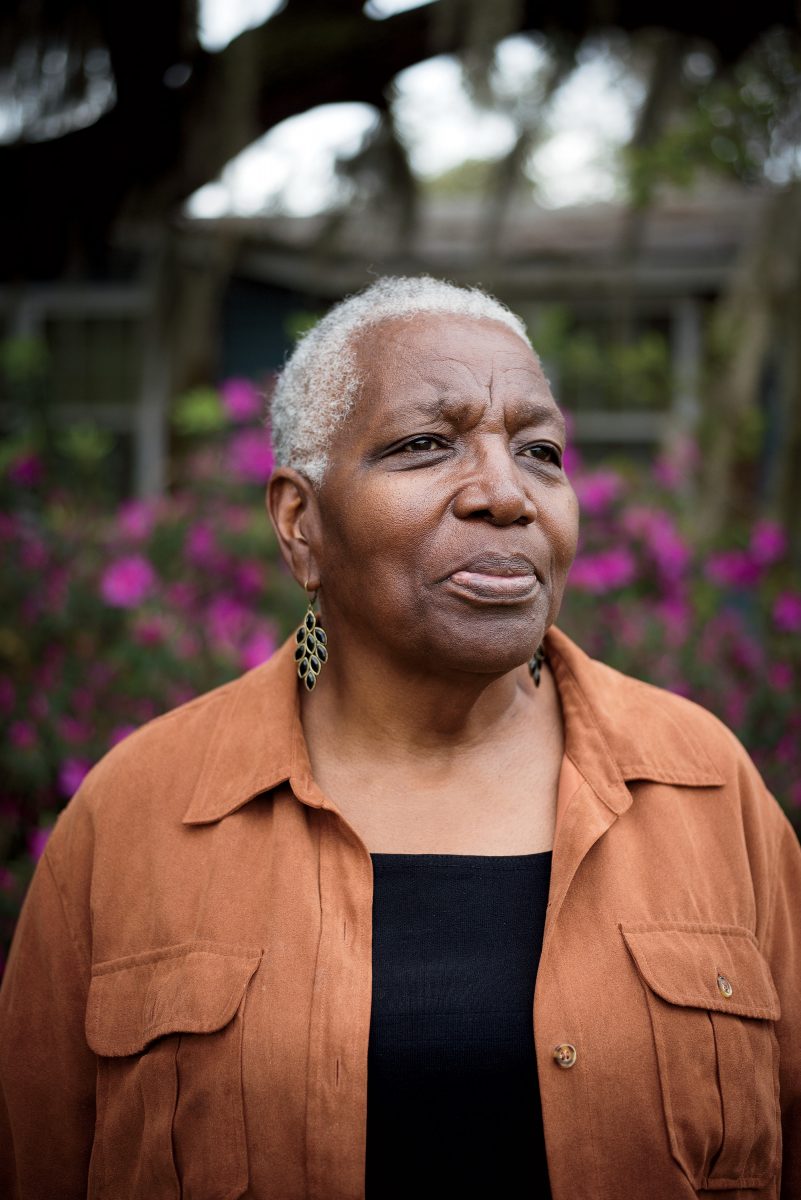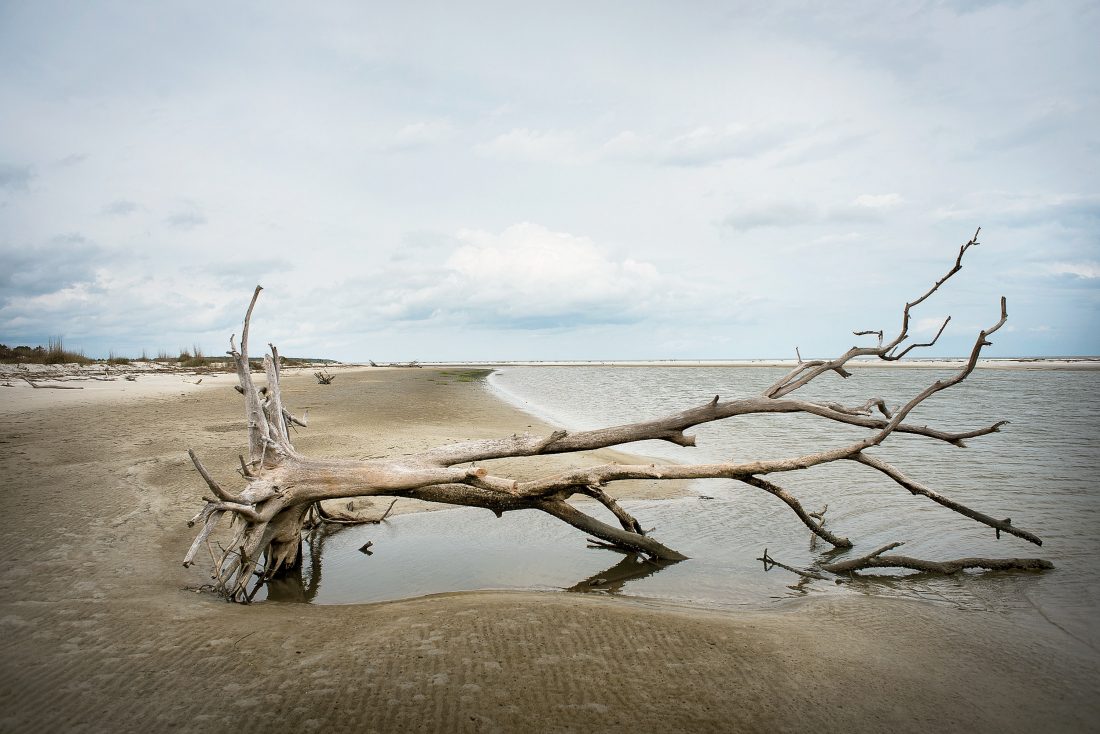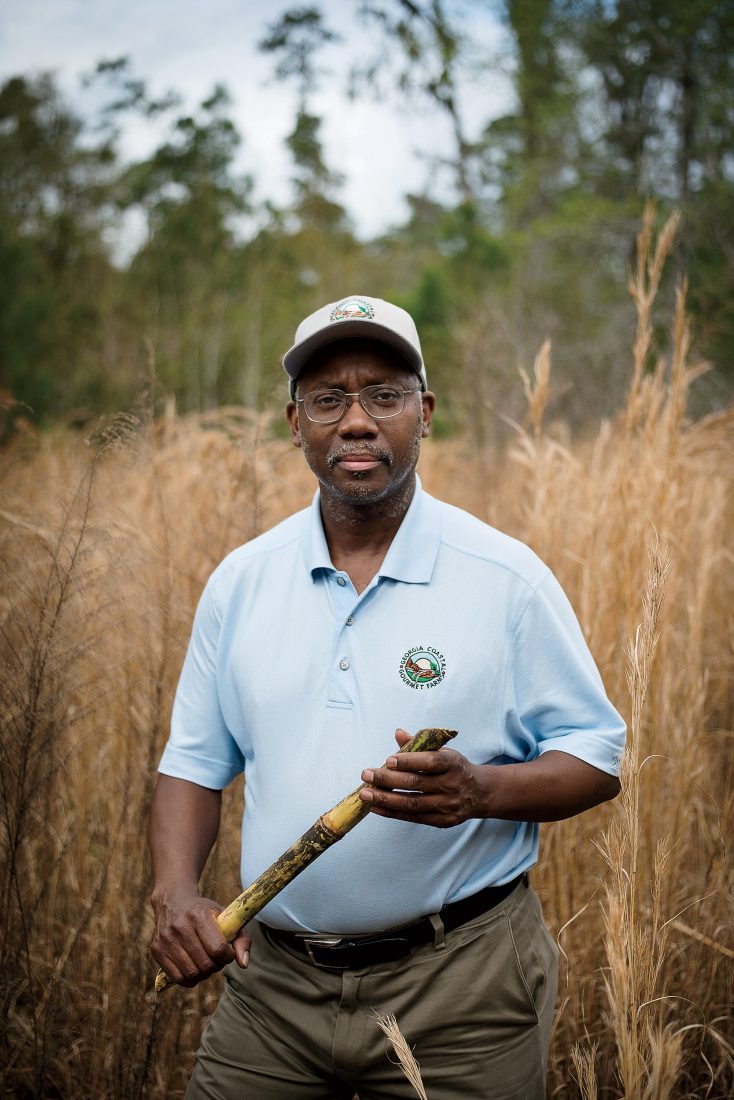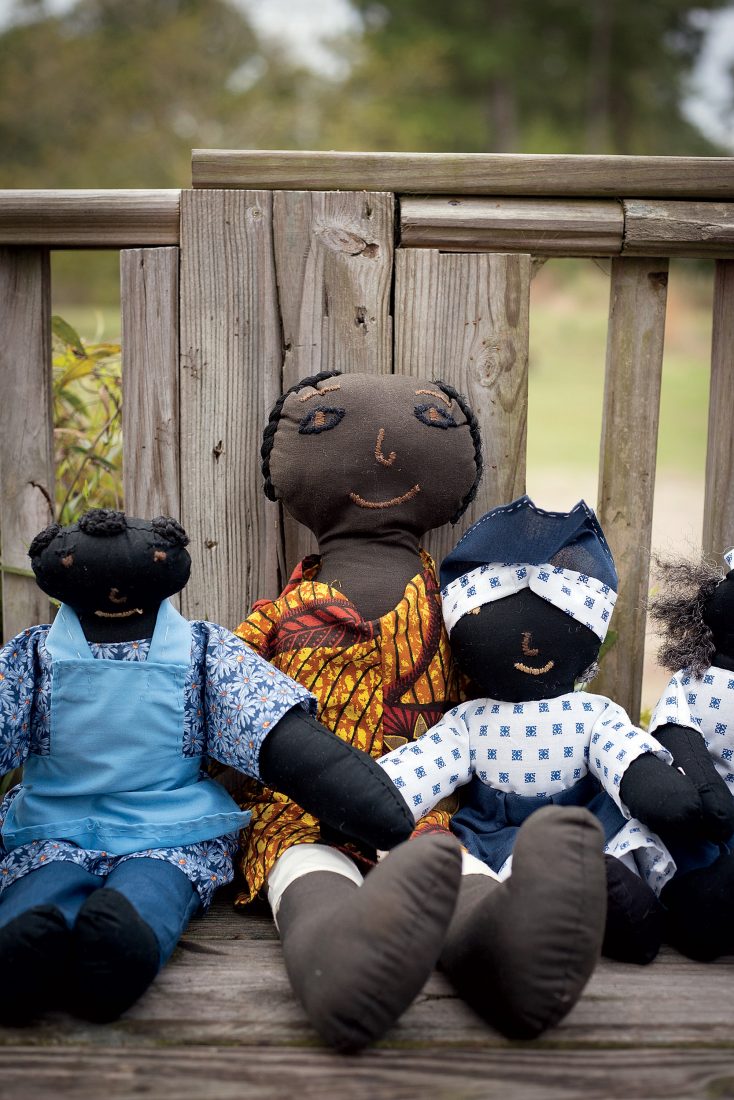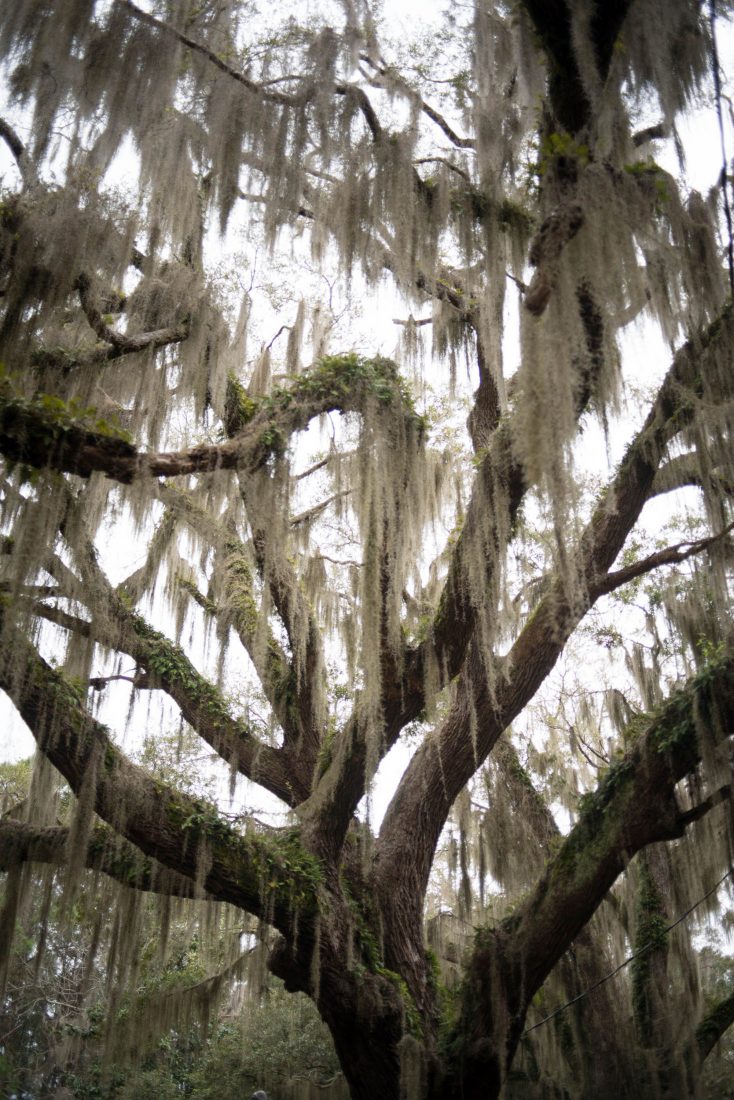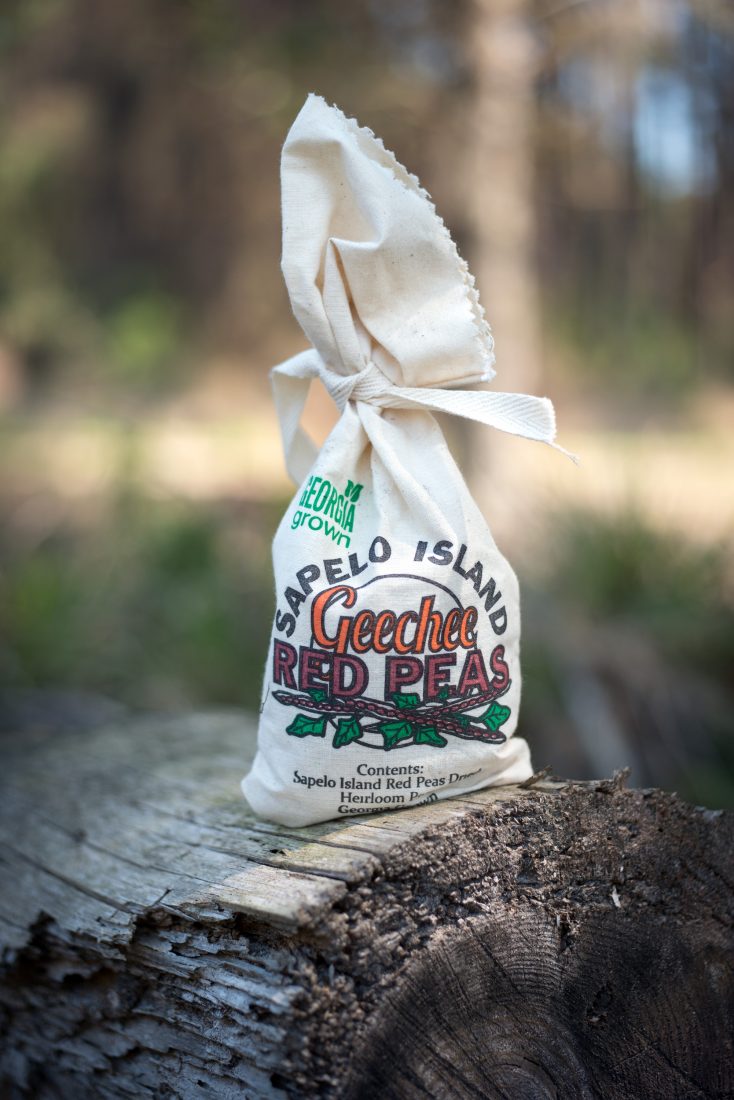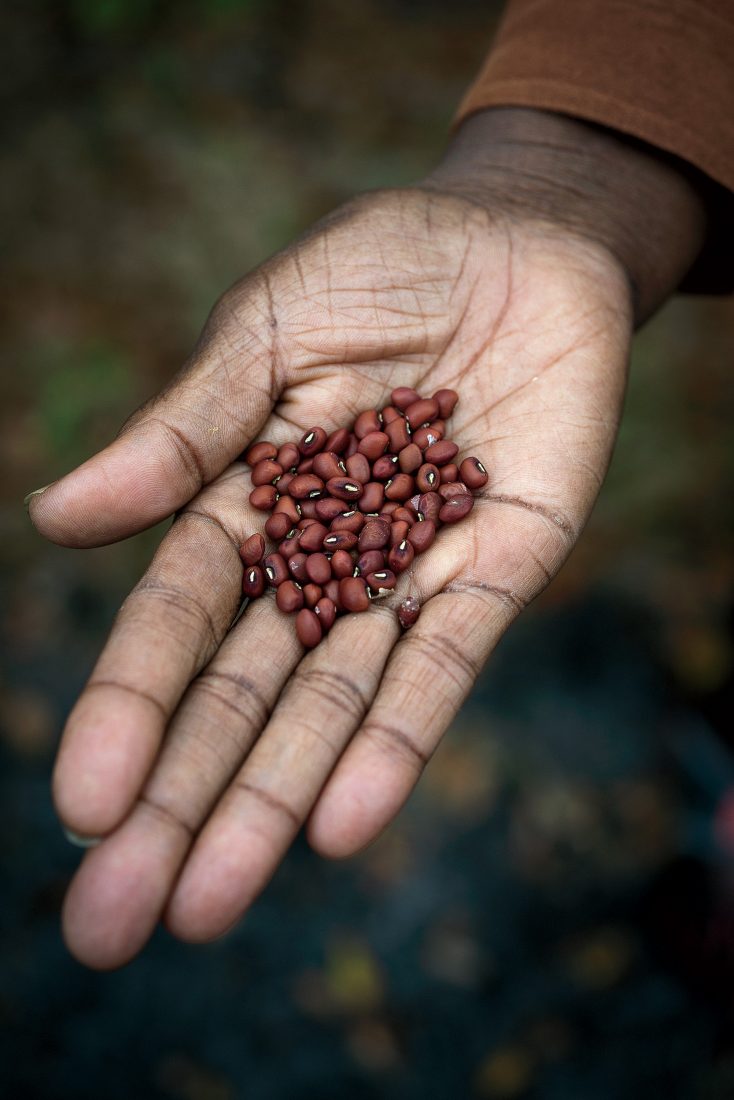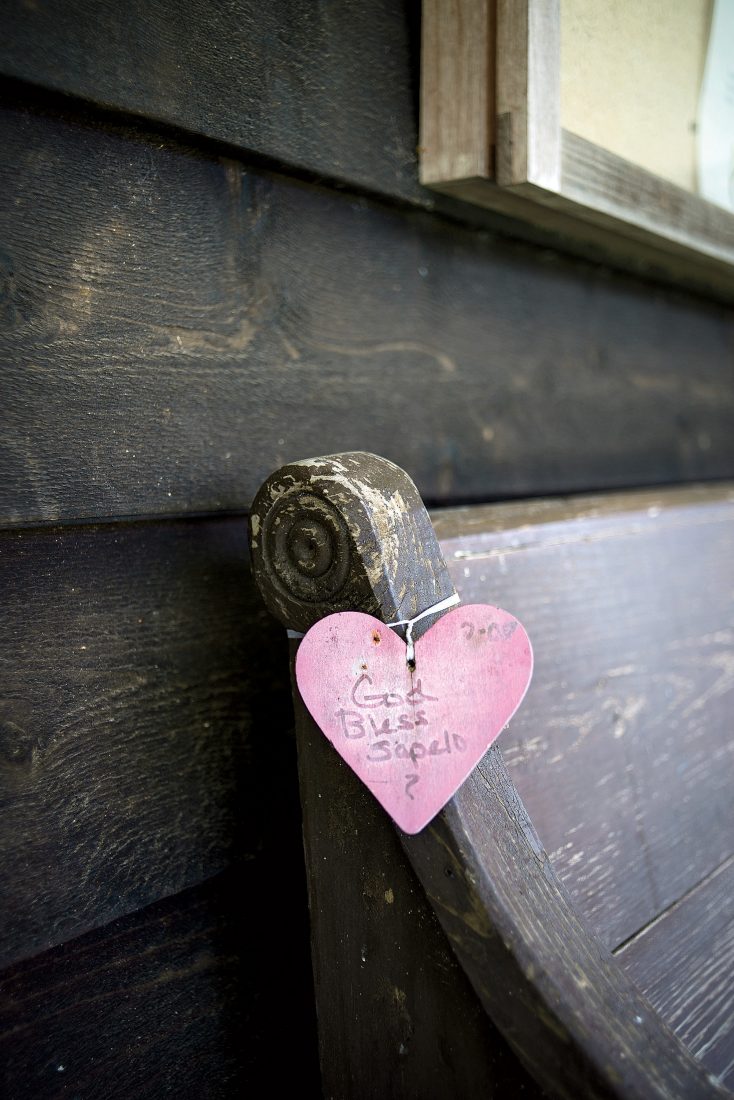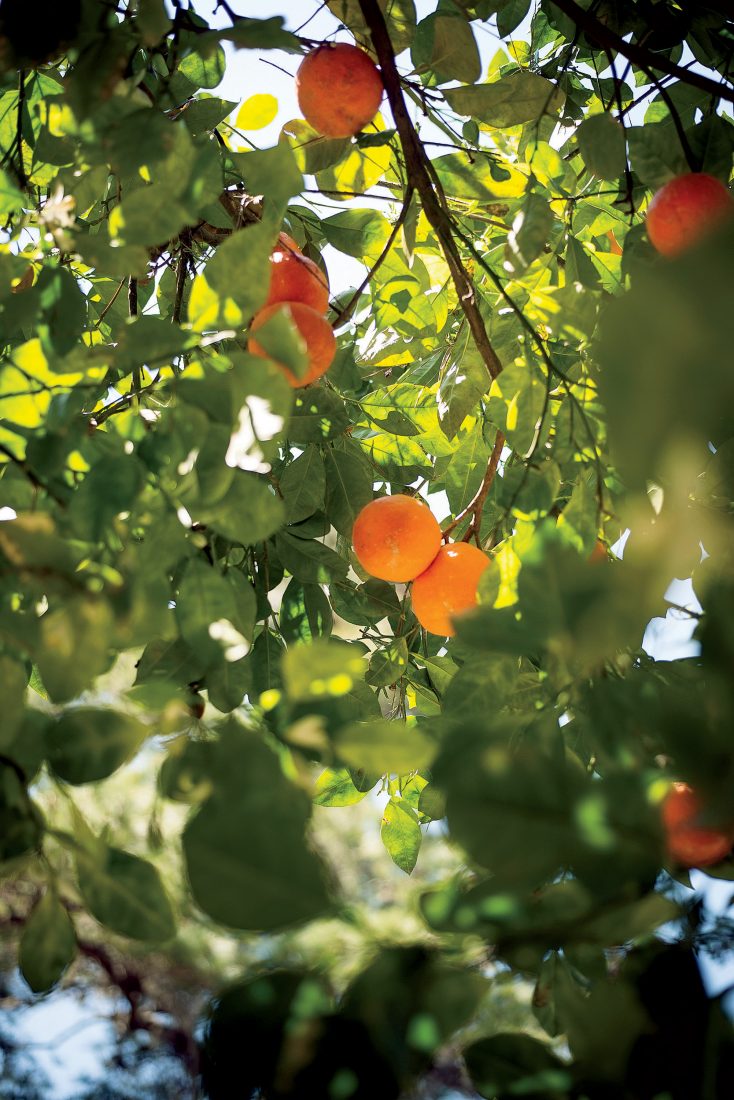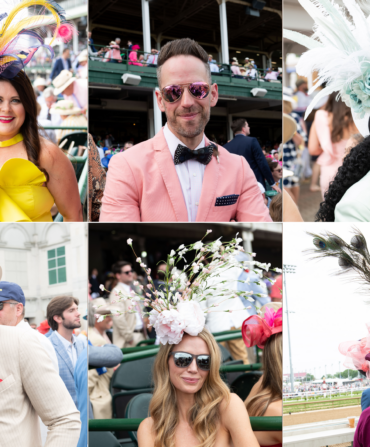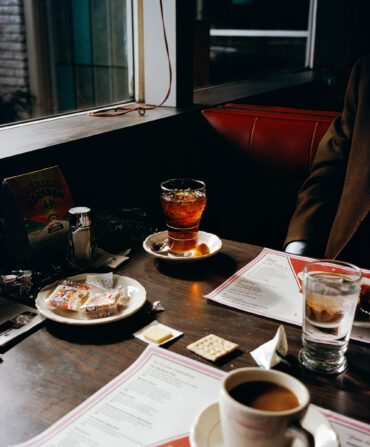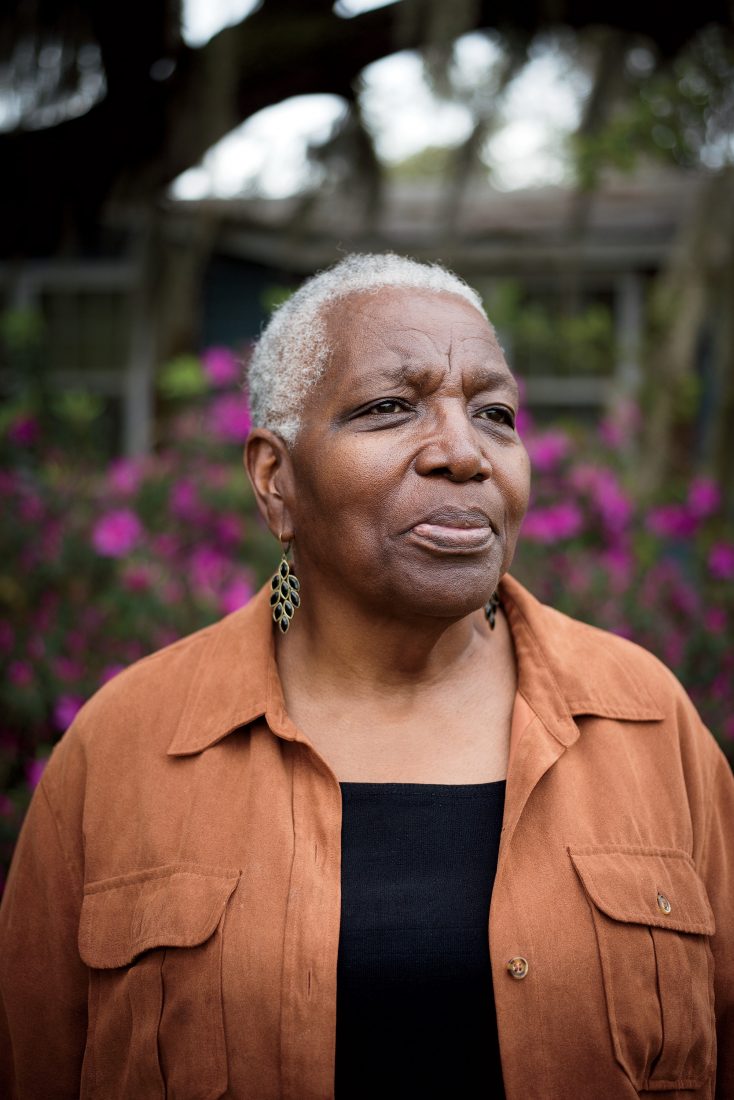
As a steward of the Sea Islands’ deep-rooted Gullah Geechee culture, Bailey, bears the tourch of Sapelo Island ancestors she can trace clear back to West Africa.
Photo: Imke Lass

At eleven miles long with 16,500 protected acres, Sapelo is Georgia’s fourth largest island.
Photo: Imke Lass
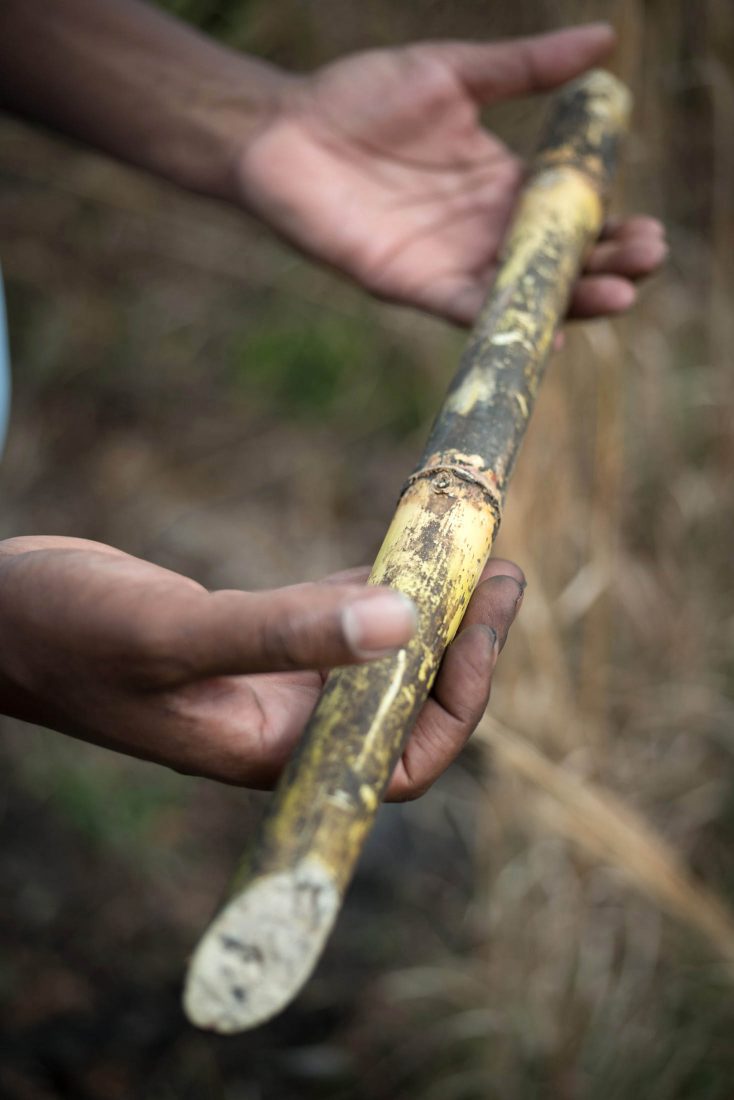
This year surgarcane—a plant no one has grown commercially here in a hundred years—will join heirloom Sapelo red peas on the land Bailey’s forebearers worked long ago.
Photo: Imke Lass
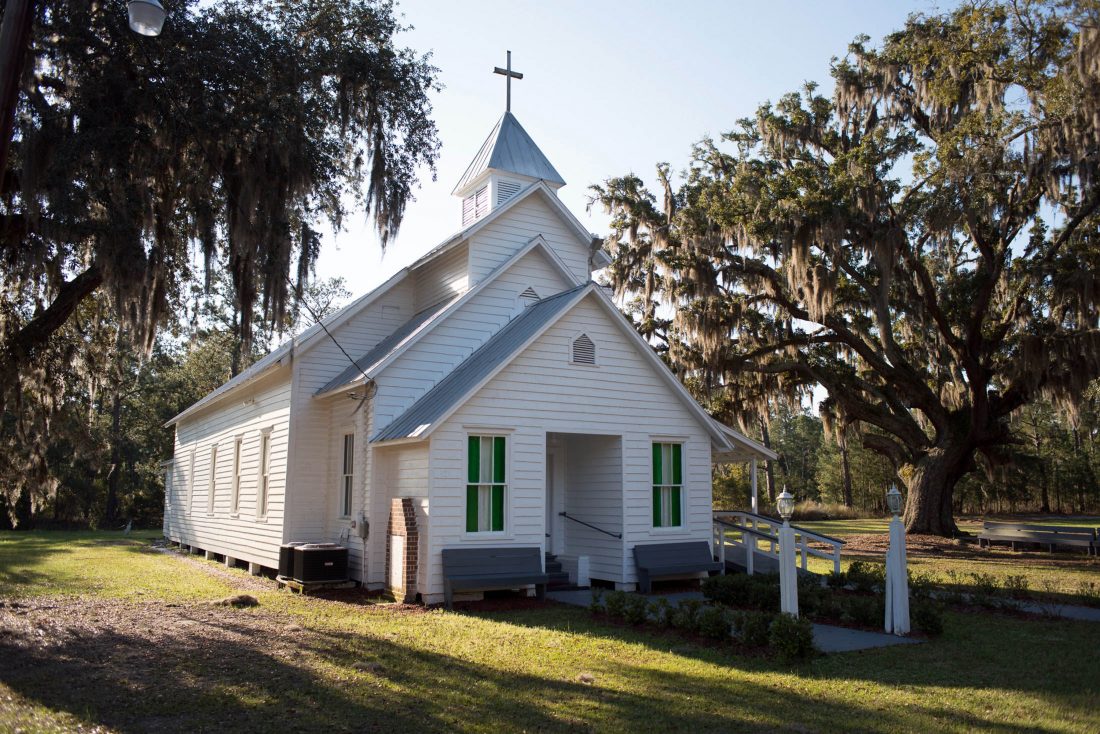
Located on Sapelo, St. Luke Baptist Church will observe its 131st anniversary this year.
Photo: Imke Lass
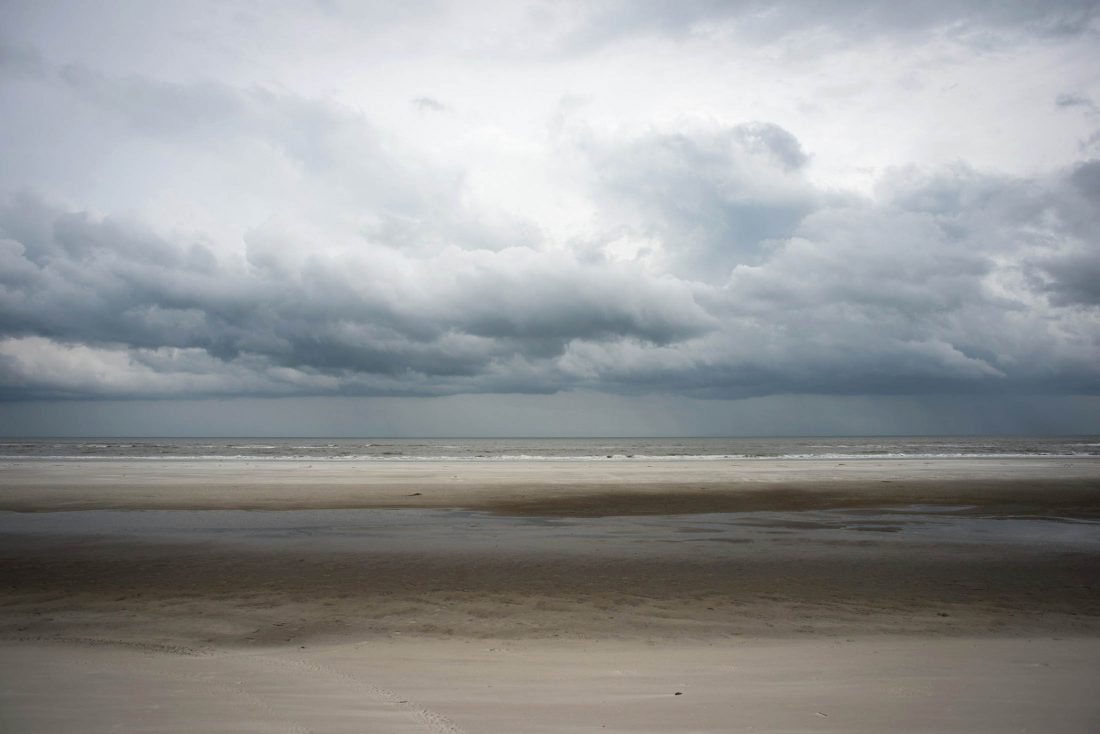
Sapelo Island is separated from the mainland by the nine-foot tides and big water of Sapelo and Doboy Sounds.
Photo: Imke Lass
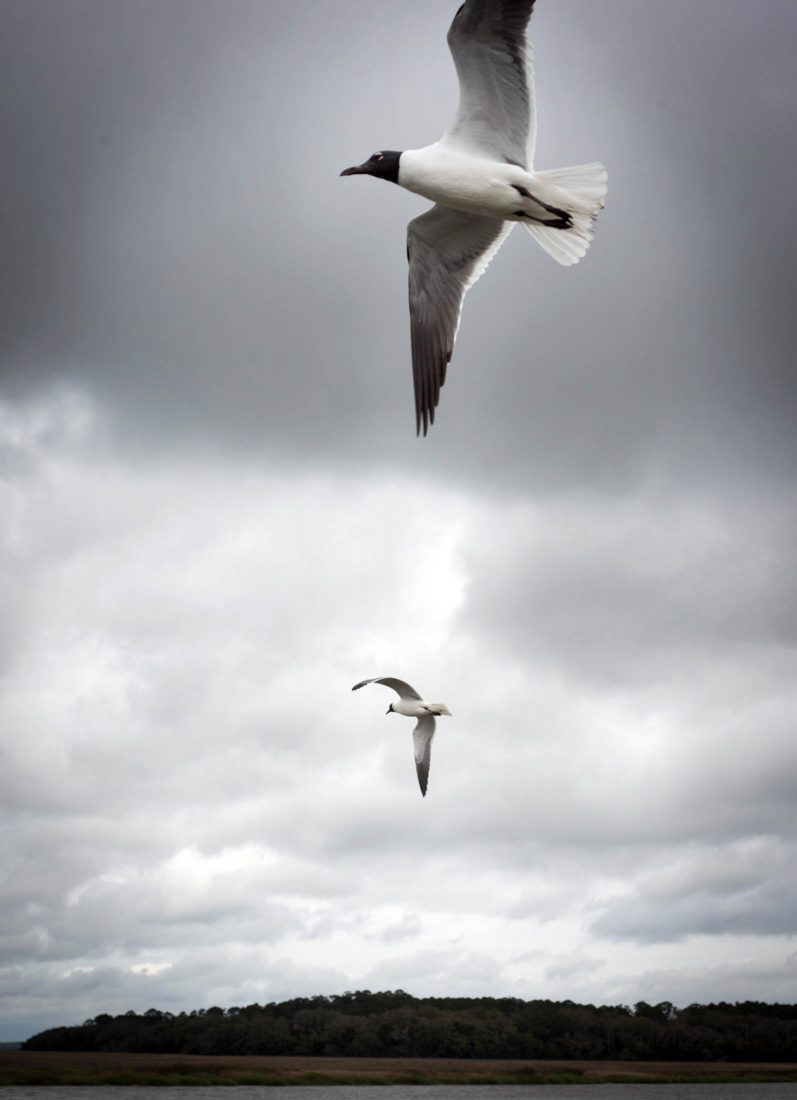
Nearly every coastal animal species in the South lives on Sapelo, including many varieties of shore birds.
Photo: Imke Lass


